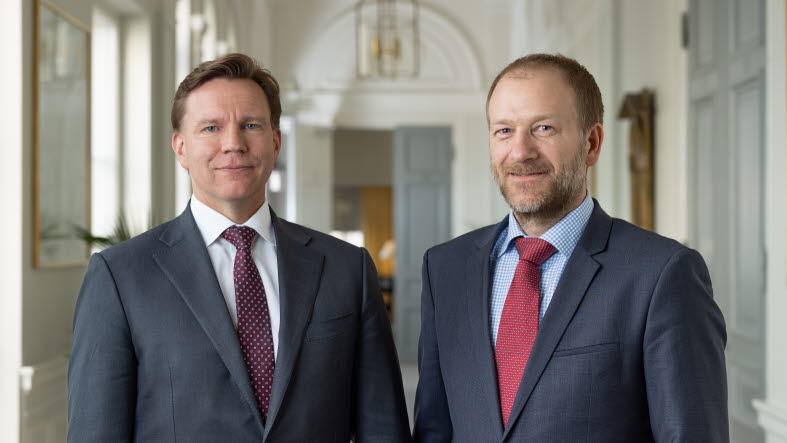Eagerly awaited interest rate cuts in a turbulent world

After several truly challenging years, the world economy is moving towards greater stability. Inflation is falling on a broad front, opening the way for lower interest rates, better household finances, lower costs for businesses, more stable consumption and, in some places, opportunities for a more active fiscal policy.
Several major concerns of recent years have faded to varying degrees. Although energy prices continue to fluctuate, not least in Sweden (which has had a cold winter so far), the price situation has greatly stabilised. We do not expect the extreme price peaks of 2022 to return. The stress in global value chains we saw in 2021 and 2022 is also largely gone. If we add that a soft landing for the US economy ‒ both rare and eagerly awaited ‒ seems within reach, we almost understand why Federal Reserve policymaker Christopher Waller declared in a recent speech that “For a macro-economist, this is almost as good as it gets.”
Of course, not everything is fine and dandy just because a degree of stabilisation is finally discernible. On the contrary, the world economy remains fragile. Even if the US avoids a recession, growth is anaemic in many places and risks are numerous. Given how surprised most people were by the strength of the upward phase of inflation, we cannot be sure what its downward phase will be like. If the inflation downturn encounters a setback, it will become harder for central banks to cut their key rates and we may quickly find ourselves in a completely different scenario for growth, interest rates and financial markets. Nor do we know with certainty to what extent the monetary policy tightening already implemented has had an impact, and what may remain.
Political and geopolitical risks must also be added to the macroeconomic uncertainty. The war in Ukraine is about to enter its third year, and although its direct economic impact on the rest of the world has diminished, the war continues to contribute to both human suffering and global insecurity. The same applies to the conflict in Gaza, assaults on merchant ships in the Red Sea, attacks and counterattacks between Iran and Pakistan, North Korea’s new and more virulent rhetoric against South Korea and the increasingly tense situation between China and Taiwan. These conflicts, and other examples of increased tension between countries and regions, have both short- and long-term effects. There are many signs that we may be moving into a new world economic policy order in which politics, security aspects and a desire for “strategic independence” are replacing the globalisation and liberalisation trend of recent decades.
2024 is also a “super-election” year. More than half the world’s population lives in countries holding elections this year, which has never happened before. The US presidential election is the highest-profile contest, but India, the United Kingdom, South Africa, Russia, Indonesia, Bangladesh and other populous, important countries are holding national elections as well. We also have elections to the European Parliament. In other words, this year we look forward to following a lot of both economics and politics together with you.
This January 2024 issue of Nordic Outlook includes in-depth theme articles that address the following issues:
- Inflation risks
- A new world order
- A fateful US election
- Germany – a sputtering EU growth engine
We wish you pleasant reading!
Jens Magnusson
Chief Economist
Daniel Bergvall
Head of Economic Forecasting
